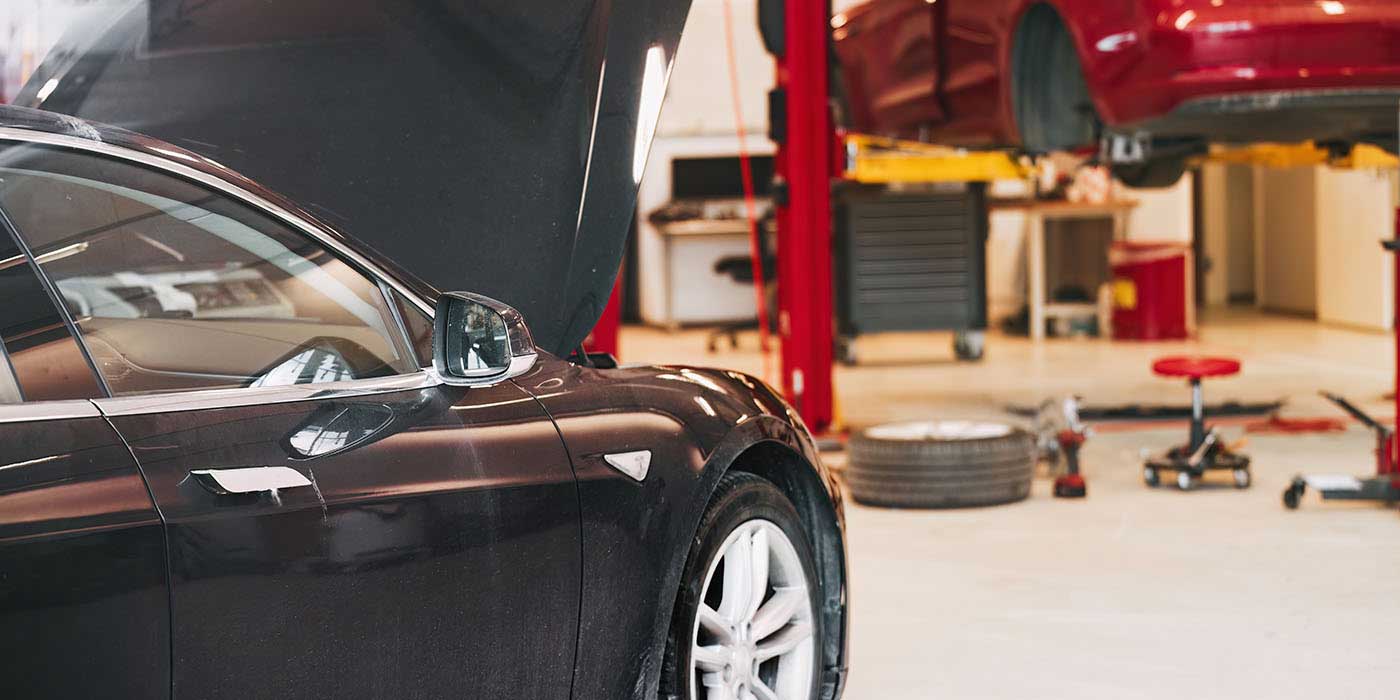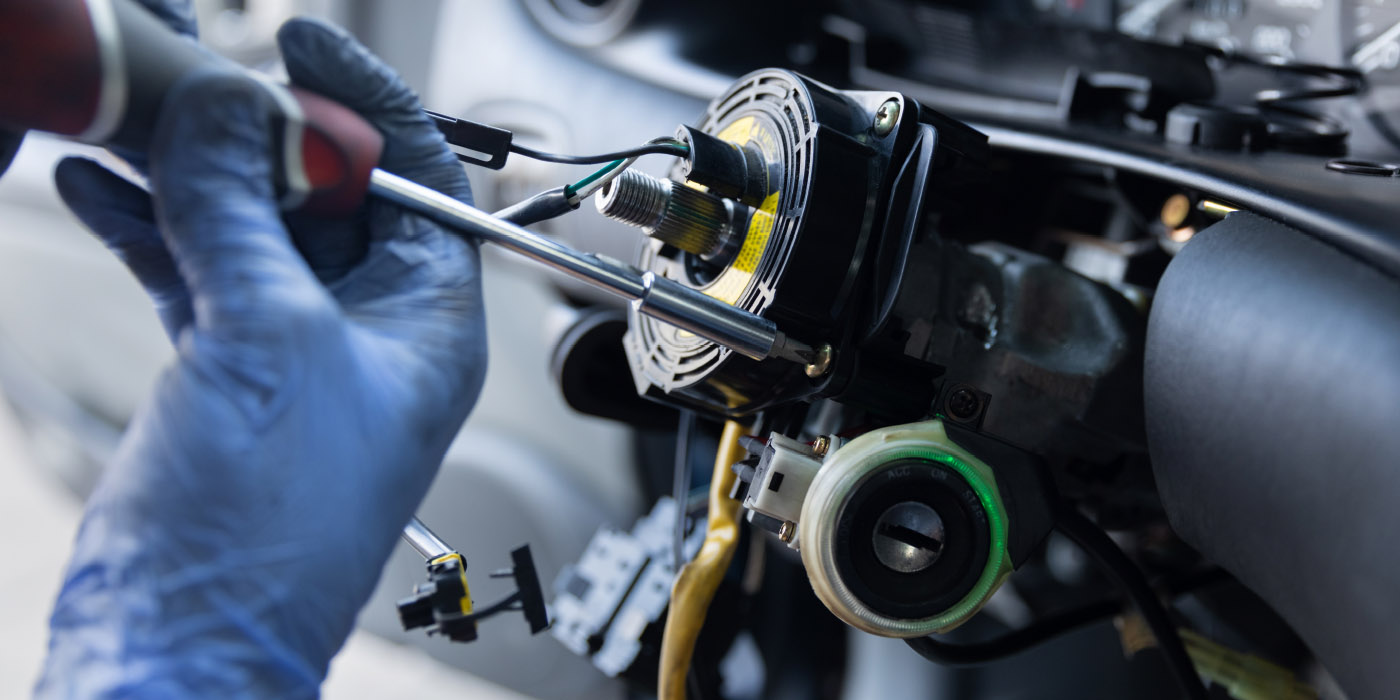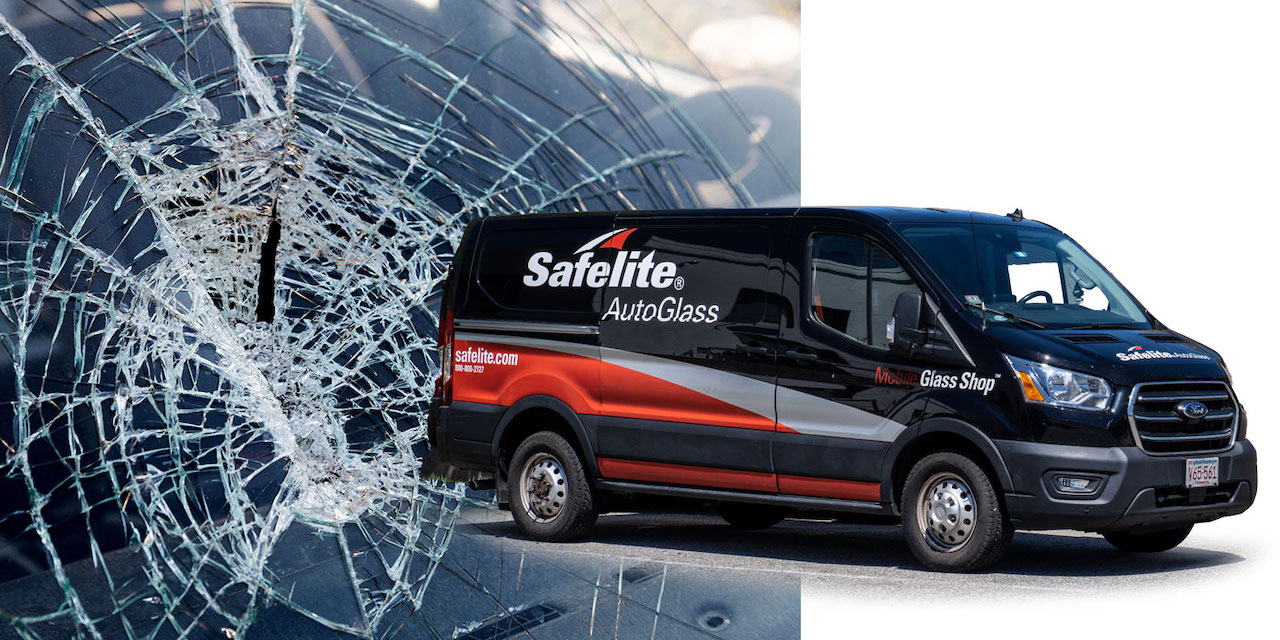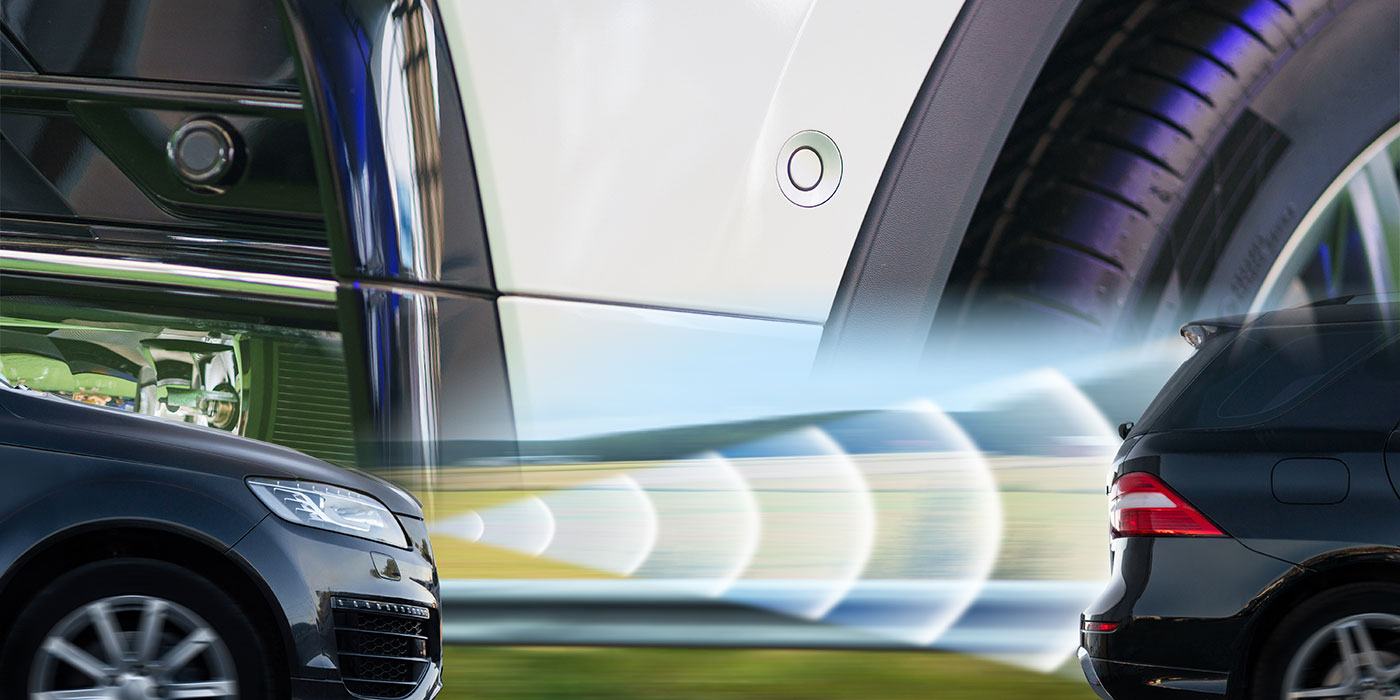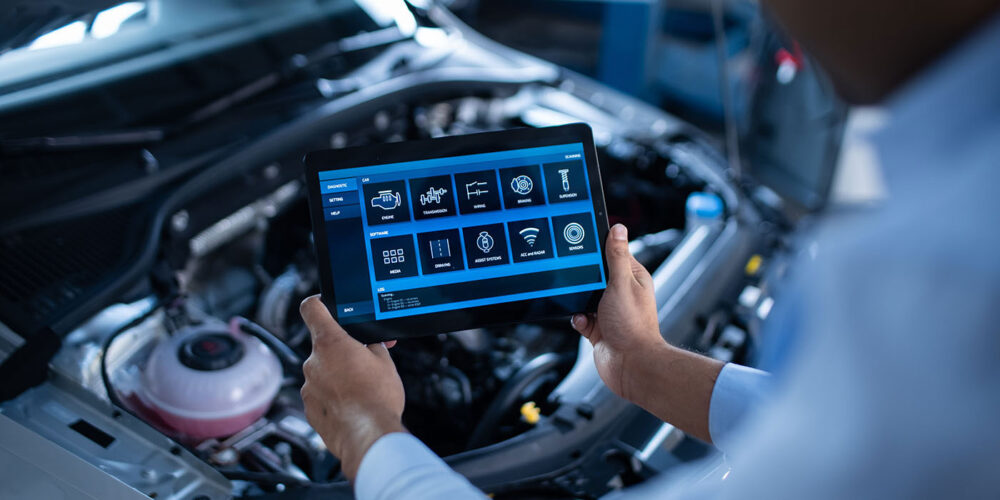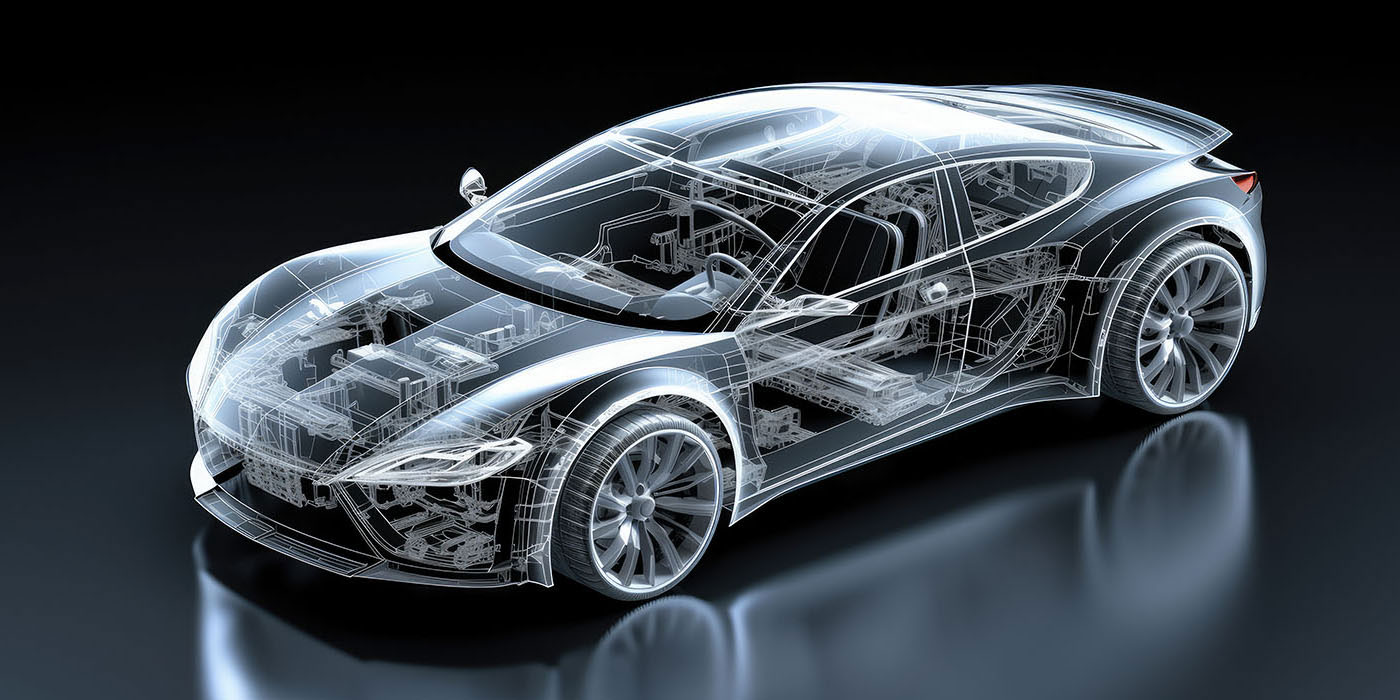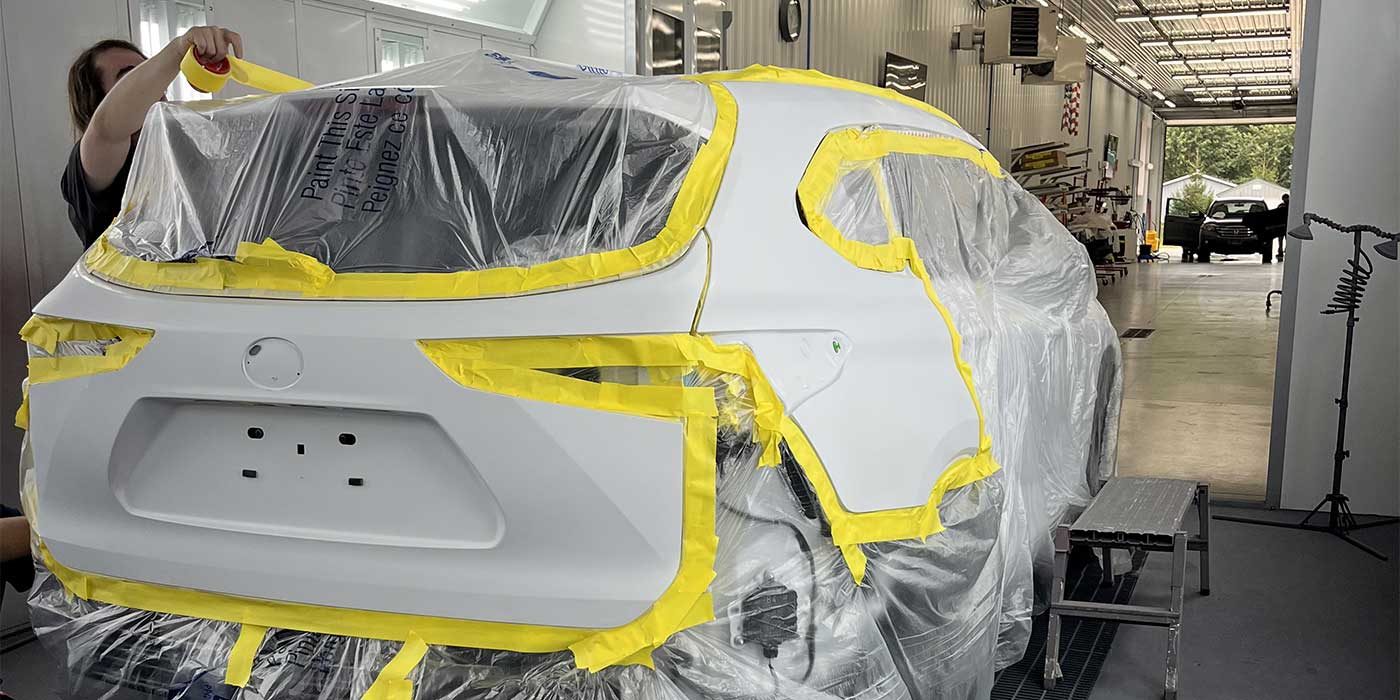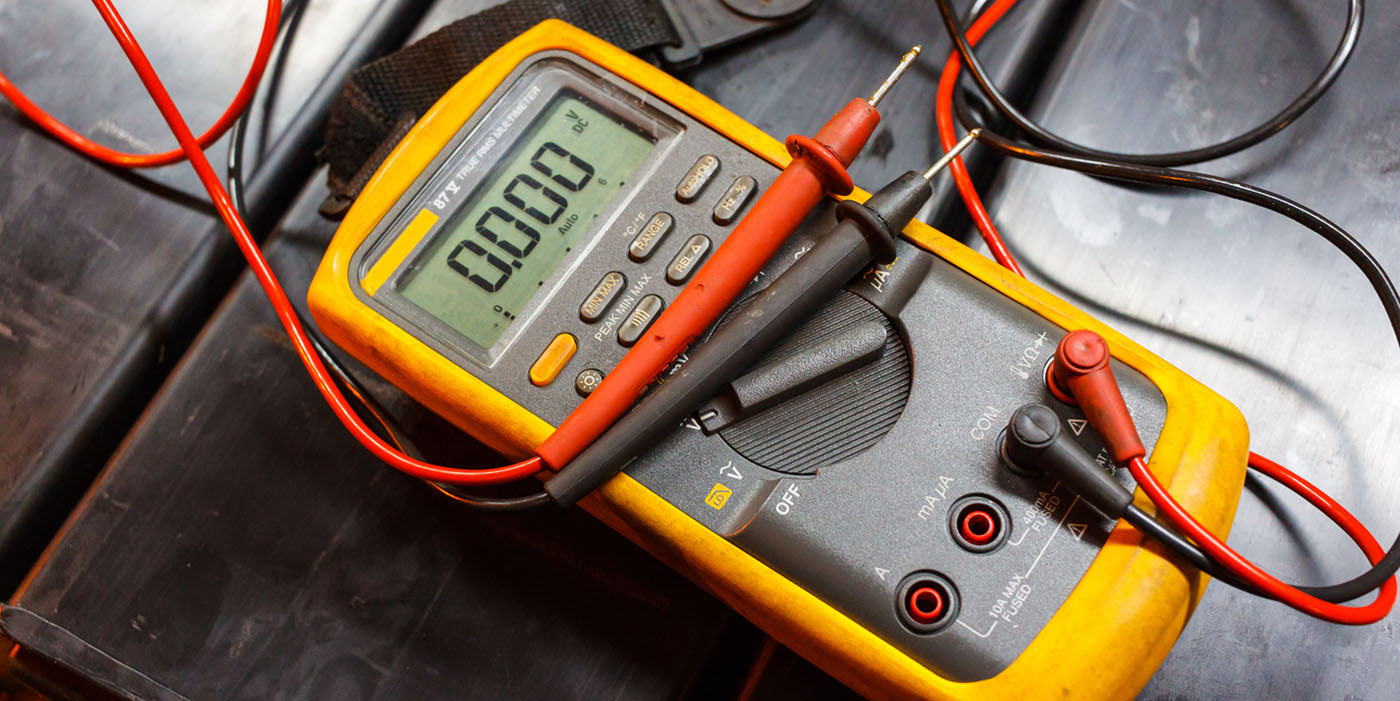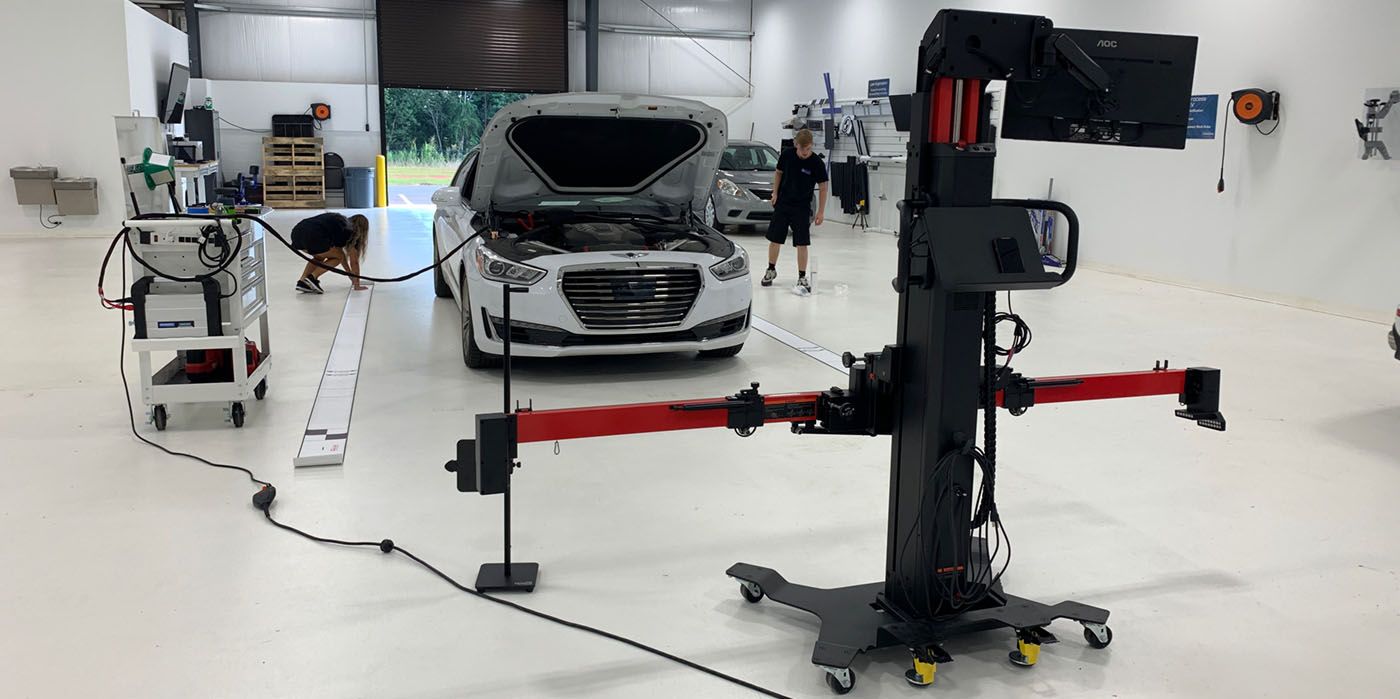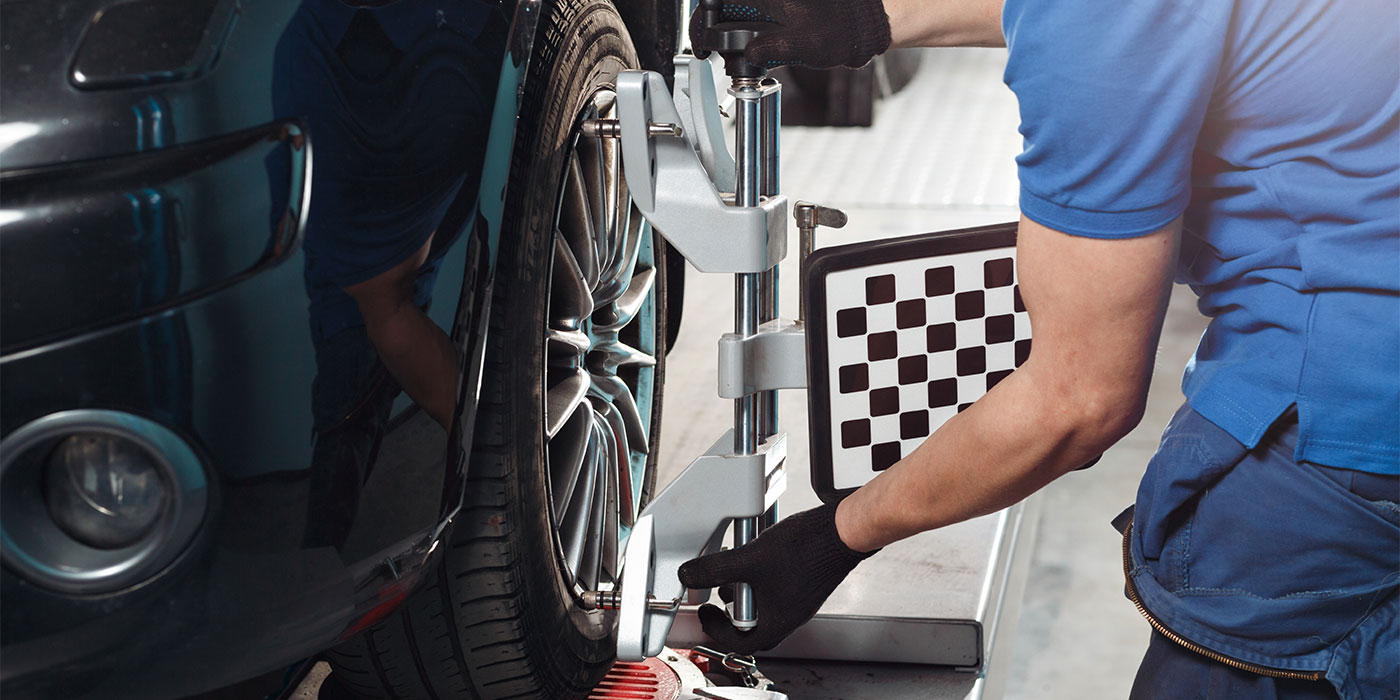Over my long career, I’ve been asked many times for my recommendations on products, tools or equipment by brand name.
“Which one would YOU buy?” is the query.
From my first training programs in the late 1980s through my 30 years in these pages of BodyShop Business magazine, I‘ve avoided suggesting specific brands. Rather, I prefer to explain the technology and potential usefulness of tools, equipment or facility design by type and function, not by brand name.
Does your paint shop need a 3/32” offset random orbit sander? How about a short-wave infrared curing light for the prep stalls? Better-quality, dry compressed air throughout the shop? Yup, yup and yup, I believe you do need them all to beat the flat-rate times and prosper in today’s collision repair climate. Which brand should your shop purchase? I always try not to name one, in print or in person (in print because our many competing advertisers pay the author’s freight, thank you). With almost no exception, every PBE collision repair device, product, computer program and color mixing system has competitors selling alternate choices. You should choose the one that’s best for your own circumstances.
Real-World Labor Measurement
For many years, I began every class I taught to anyone in our industry, in any capacity, by writing two words on the flip chart: labor time. The most expensive and precious thing in every production-focused body shop is the minutes of hands-on labor time required to complete the repair (in less than the allotted time). In any industry where the labor times are presented as a “flat rate” (we’ll pay 2.4 hours to complete this, 4.5 hours to complete that), the key to making a profit is doing the work faster while still producing a safe and accurate repair.
If you intend to invest money in making your shop faster and more successful at something, using the labor time saved by the potential new tool, repair product, device or computer program to find the pay-back period is a great idea. Simply divide your local collision repair labor rate (door rate) by 60 minutes to find the value of one minute of one technician’s labor time in your shop.
For example, if the local door rate is $50 per labor hour, each minute is worth $0.83 ($50/60 = 0.83). Let’s pretend that the shop’s investment is $1,000 for the new “device.” It will need to save the shop 1,205 minutes of labor time at 83 cents per minute to recover the initial cost. If the shop can bill and not perform 20 more labor hours by using the faster, better, new device, they’ve got their money back and will make additional shop profits going forward.
Body Shop Stuff I Like
Trapping moisture inside hot compressed air is a physics given; getting it out before the water can ruin air tools or paint jobs is the body shop’s issue.
I always start an “I recommend” walk-around with a shop owner back in the way-back with their air compressor(s). Should you buy piston or rotary pumps? Should you buy 80-gallon tanks or 120-gallon tanks? (You should buy tanks metal-tagged ASME, as their welds have all been physically inspected.) Is it better to buy desiccant air dryers or refrigerated air dryers? I would need to know more about your shop to best answer those questions, but I can tell you for sure that I recommend piping the airlines in every shop, everywhere, with either high-pressure copper or aluminum pipe. From the outlet on the compressed-air storage tank to the bitter end of each airline drop in the entire shop, the best way to cool down the air and condense the water is by using pipe material that naturally and quickly sheds heat. One rule of thumb says that for every 20 degrees Fahrenheit the air temperature is reduced, one-half the moisture condenses to liquid. Once the water changes from vapor to liquid, it is easily removed with a simple impact-type (air smashes into a barrier, knocking loose the liquid) moisture trap.
Many shops I visit are piped and plumbed with galvanized steel or black iron gas pipe – just the sort of thing their local plumber recommended back when they opened their doors years ago. Sadly, too many shops did it themselves with PVC pipe, which acts like insulation and loses almost no heat to the atmosphere. As a result, all the moisture remains vapor instead of cooling to liquid. No matter the brand of compressor pump or the size of the tank, I say spend the money to re-plumb with aluminum or copper pipe before you invest in any additional compressed-air-drying devices.
Additional Drying Methods
Which additional drying method would I choose next in my better-shop-air quest? Desiccant dryer or refrigerated dryer? One way to measure moisture content in compressed air is the dew point; the lower the temperature, the lower the moisture content in the air. Having written and researched several articles for BodyShop Business on these two choices, I believe that the lowest dew point and driest air are created by desiccant dryers. I also believe that without exception, the wet desiccant material (Flor-Dri, kitty litter are desiccants) must be replaced, heated or in some way serviced to remain effective. If regular maintenance is an SOP in your shop, this ongoing attention will be no problem. While refrigerated dryers may not have the lowest dew points, they also don’t require much attention. I don’t know about your shop, but lots of the shops I’m in seem like they would be happier with a dryer that took care of itself, rather than one that needed regular care.
My favorite body shop compressed-air system would have rotary compressor pumps on 120-gallon ASME tanks, the whole shop plumbed with snap-together aluminum pipe, a big refrigerated dryer for the whole shop and either desiccant or membrane dryers in the spraybooths. Which brands would I buy? The ones that were serviced by reputable vendors and installed legally by qualified electricians and plumbers…and would return their costs in labor savings. But because the body shop will have virtually nothing to do (NO labor produced) if the compressed air is down, it’s hard to put a labor value to the system I described. However, you could for sure compare the cost between the compressor and dryers from Brand X to the similar systems from Brand Y and Brand Z. Will the more expensive units save their additional cost in total shop labor time? Ask your favorite PBE jobbers to price out their recommendations and simply divide your door rate into the difference to see how long it will take to pay for the more expensive equipment.
Stay tuned for the next couple of “Clark’s Corner” columns. I’ll share some other body shop “stuff” I like and recommend to those foolish enough to ask. We’ll do some labor time-saving math on them too.


